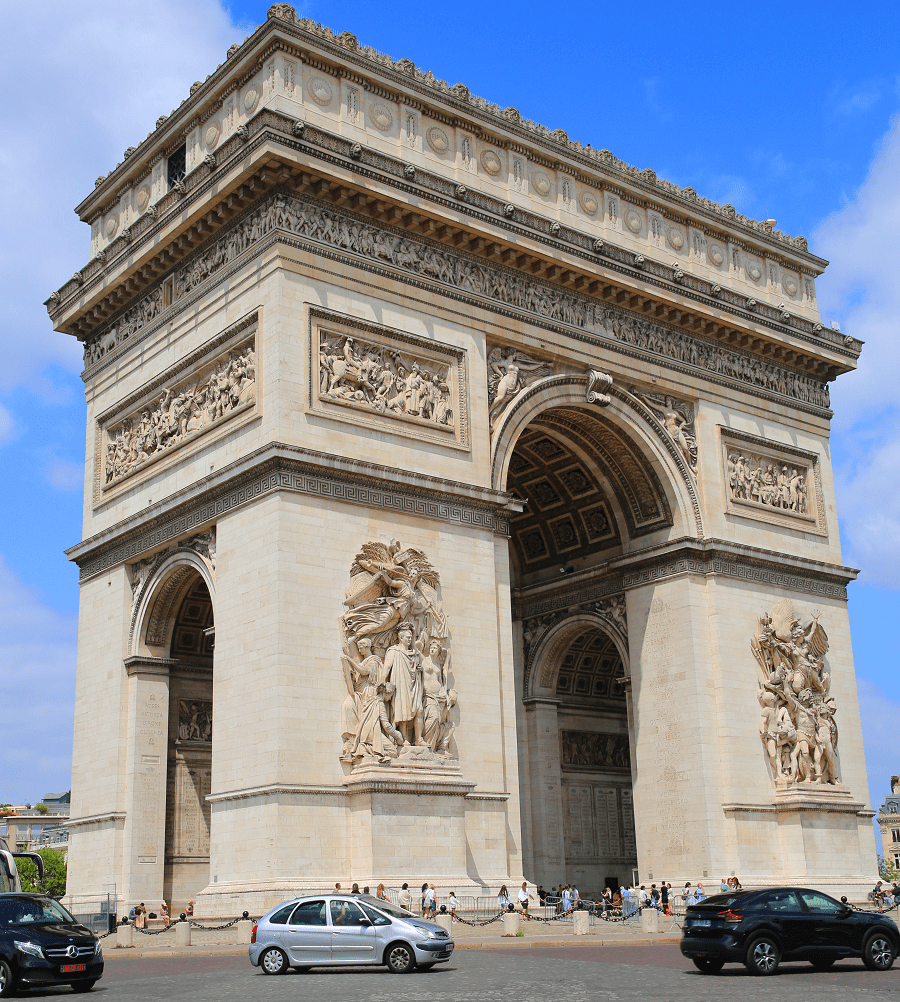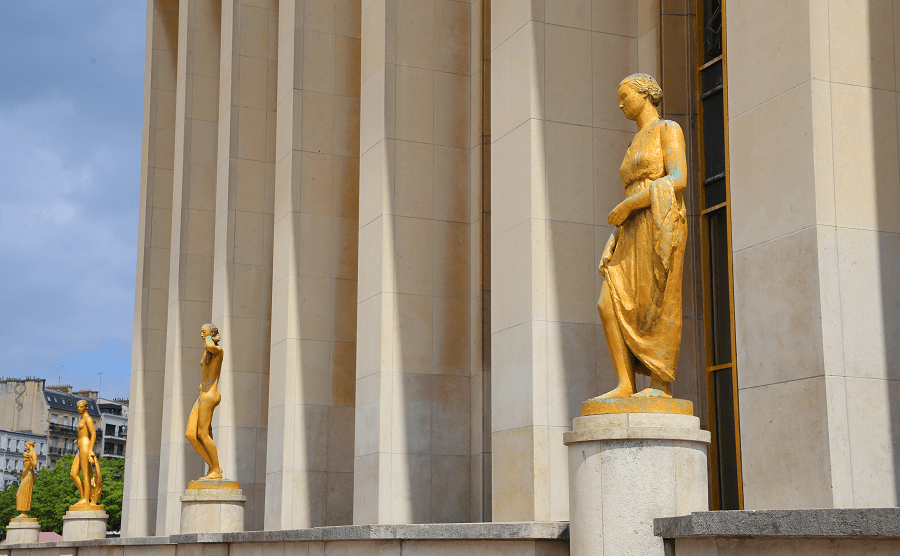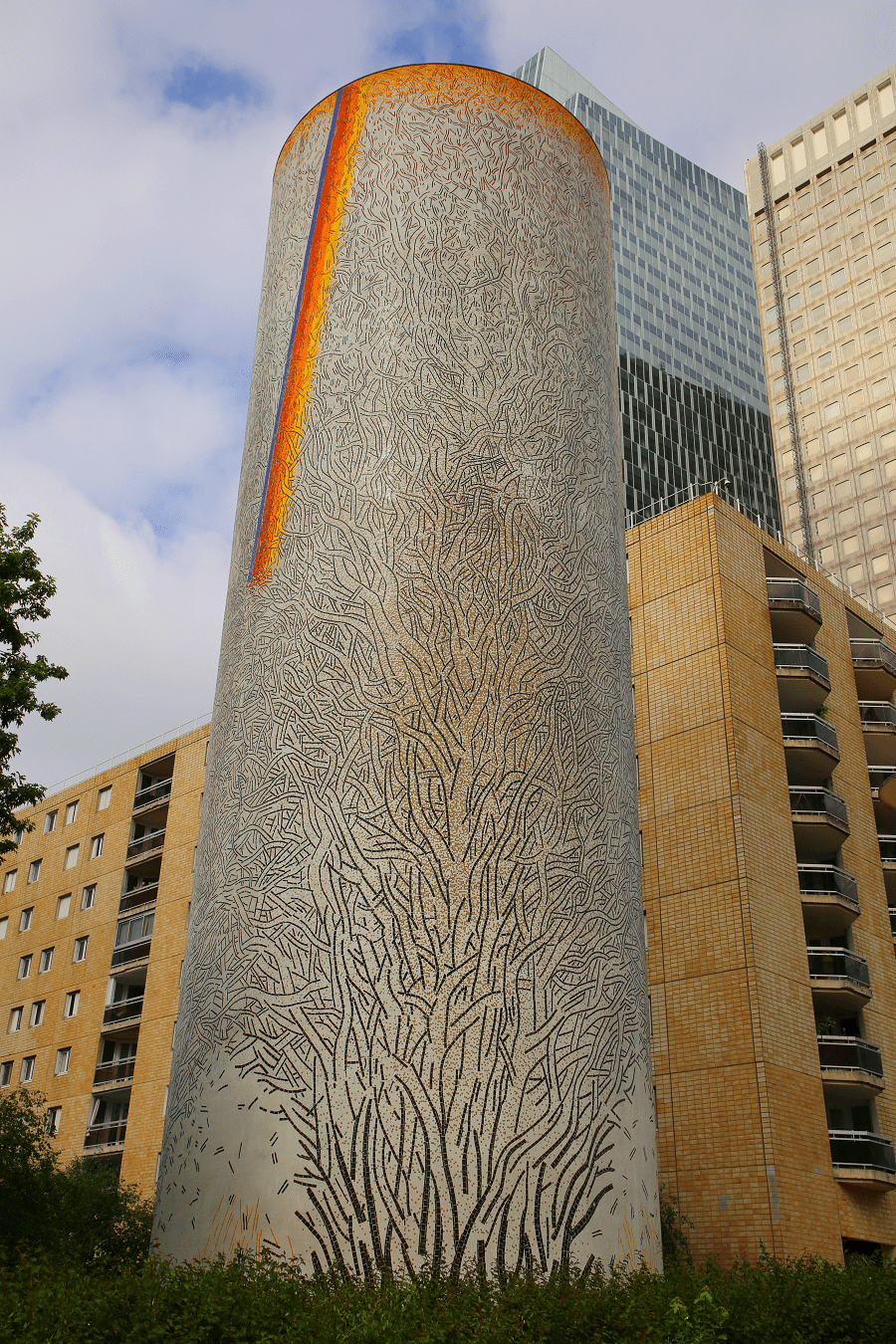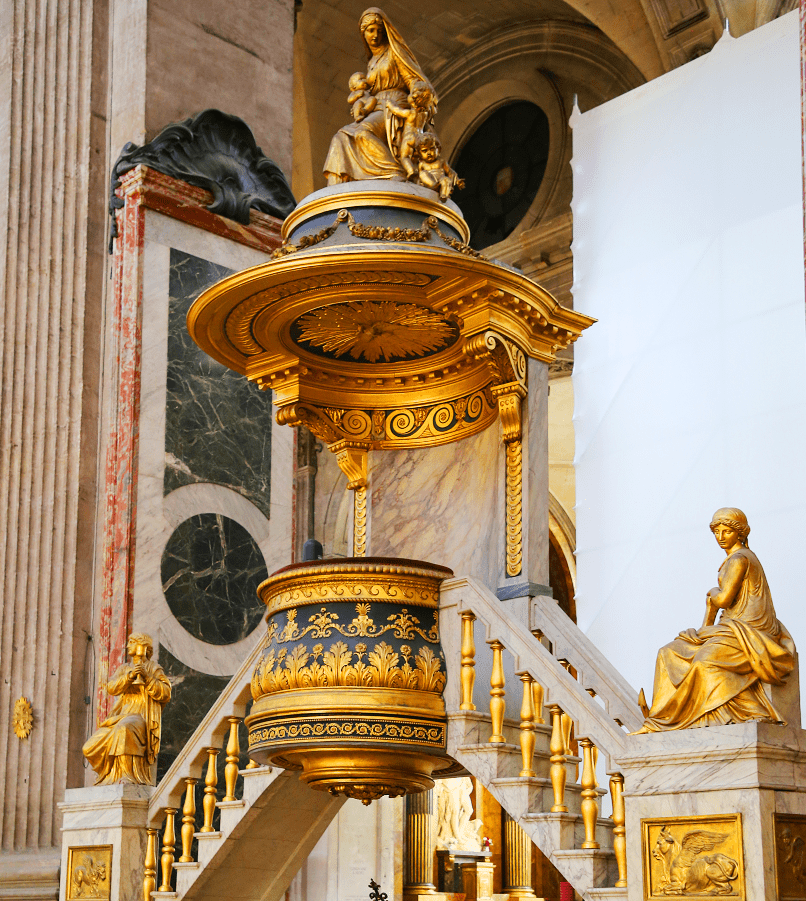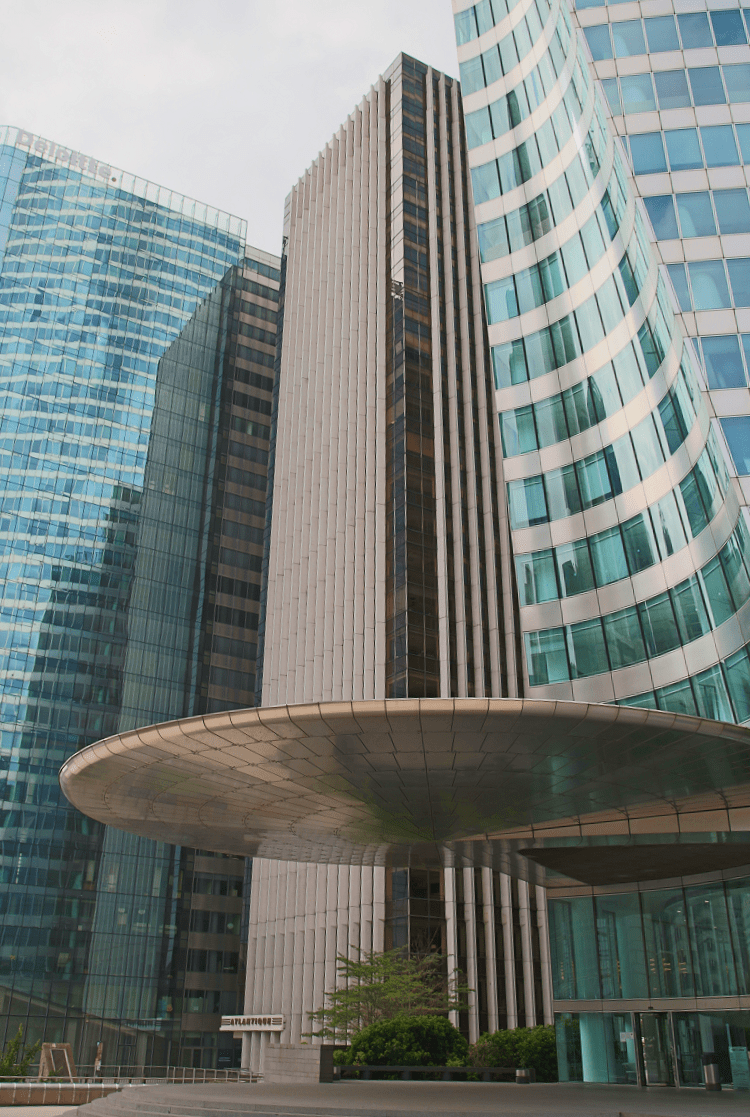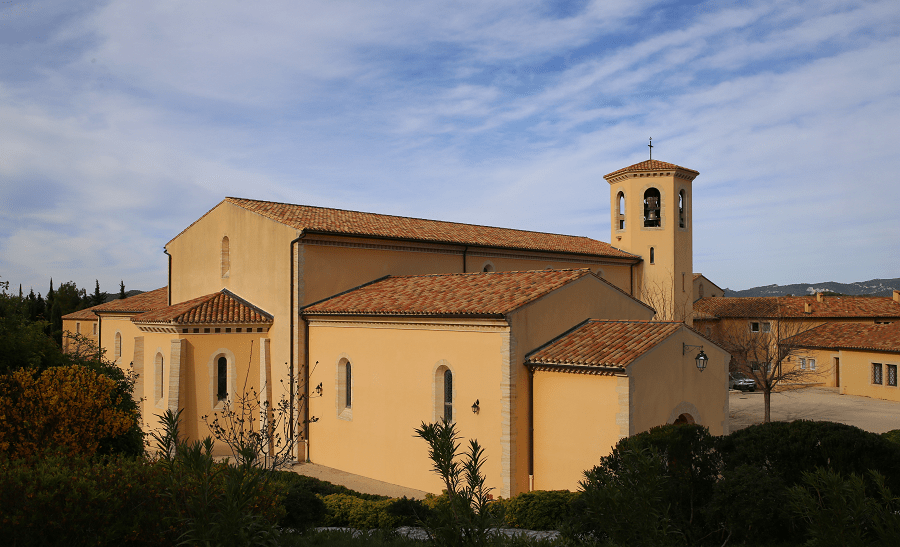Paris (France) has more than 1,800 buildings featured in the listings of historic monuments, including nearly a hundred places of worship.
The most famous monuments in Paris date from various eras. They are often found in the city’s center and adjacent to the Seine. The banks of the Seine from the Pont de Sully to the Pont de Bir-Hakeim constitute one of the most beautiful urban river landscapes in the world, and designated as a UNESCO world heritage site. It includes, from east to west: the Notre-Dame de Paris cathedral, the Palais du Louvre, the Hôtel des Invalides, the Alexandre III bridge, the Grand Palais, the Quai Branly Jacques-Chirac Museum, the Eiffel Tower, and the Trocadéro square. Further east, notablecontemporary buildings have been built: the Ministry of the Economy and Finance, the François-Mitterrand site of the National Library of France, etc.
There are emblematic ancient monuments on the Île de la Cité. Notre-Dame Cathedral, in Gothic style (mainly built from the 12th century to the 13th century) was extensively restored in the 19th Century, and its western facade cleaned at the end of the 20th Century. It is symbolically the core of Paris – in fact, French road distances are measured from its square. The former Conciergerie Palace was the seat of royal power until the reign of Charles V in the second half of the 14th Century. Part of the building was then converted into a prison and was notably the place of detention of illustrious personalities of the Ancien Régime before their execution during the French Revolution. The Sainte-Chapelle, built near the Conciergerie, is considered a masterpiece of Gothic architecture. The Pont Neuf, located at the western end of the island and dating from the end of the 16th Century, is the oldest bridge in Paris in its original state.
Classical style monuments have also left their mark on the center of Paris. The Sorbonne Chapel in the heart of the Latin Quarter was built at the beginning of the 17th Century. The Louvre, a royal residence, was embellished in the 17th century and subsequently remodeled several times. The Hôtel des Invalides, with its famous golden dome, was erected at the end of the 17th Century in the suburbs of the city by Louis XIV, keen to provide a hospice for wounded soldiers. It has housed the ashes of Napoleon I since December 15, 1840, and his tomb since April 2, 1861. The Pantheon, built at the end of the 18th Century near the Sorbonne, became a civil temple where illustrious French people were buried during the Revolution.
19th Century construction is very abundant in Paris, notably the Arc de Triomphe, the covered passages, the Palais Garnier – built at the end of the Second Empire and the beginning of the Third Republic and which houses the Paris Opera, and the Eiffel Tower, a “provisional” construction erected by Gustave Eiffel for the Universal Exhibition of 1889 that was never dismantled. It has become the symbol of Paris, visible from most districts of the city and sometimes from the inner suburbs.
In the 20th Century, numerous creations by the greatest architects dot the streets of Paris: Guimard, Plumet, and Lavirotte, references of Art Nouveau in France, then those of Mallet-Stevens, Roux-Spitz, Dudok, Henri Sauvage, Le Corbusier, Auguste Perret, etc. during the interwar period.
Contemporary architecture in Paris is represented by the Pompidou Center, a building from the 1970s, which houses the National Museum of Modern Art as well as a large freely accessible public library.There is also the Institute of the Arab World opened in 1987 and the important achievements encouraged by President François Mitterrand: the national library of France in the new, rapidly developing Left Bank district of Paris, the Bastille Opera House and, probably the most famous, the Louvre pyramid, the work of architect Ieoh Ming Pei erected in the courtyard of the Louvre. More recently, the Musée du Quai Branly, and the Museum of Arts and Civilizations of Africa, Asia, Oceania and the Americas designed by Jean Nouvel that was inaugurated in 2006, and the Louis-Vuitton Foundation designed by Frank Gehry inaugurated in 2014, have further enriched the architectural and cultural diversity of the capital city.
Architecture of Paris. TOP 60 to see (in alphabetical order)
Civil buildings
Arc de Triomphe de l’Étoile (corner of the 8th, 16th and 17th arrondissements)
Arche de la Défense (La Défense business district)
Bastille Opera House (12th arrondissement)
Bourbon Palace (7th arrondissement)
Bourse de commerce (1st arrondissement)
Brongniart Palace (2nd arrondissement)
Centre Pompidou (4th arrondissement)
Chaillot Palace (16th arrondissement)
Comédie-Française (1st arrondissement)
Conciergerie (1st arrondissement)
Courthouse (1st arrondissement)
Eiffel Tower (7th arrondissement)
Fortress of Bercy (12th arrondissement)
Garnier Palace (9th arrondissement)
Galliera Palace (16th arrondissement)
Grand Palace (8th arrondissement)
Grand Palais Éphémère (7th arrondissement)
Grand Palais Immersif (12th arrondissement)
Hôtel des Invalides (7th arrondissement)
Hôtel de Ville (4th arrondissement)
Iéna Palace (16th arrondissement)
Institute of France (6th arrondissement)
Louvre Palace (1st arrondissement)
Lutetia Arenas (5th arrondissement)
Luxembourg Palace (6th arrondissement
Metro line 2 viaduct (9th, 10th, 18th and 19th arrondissements)
Military school (7th arrondissement)
Montparnasse Tower (15th arrondissement)
Moulin Rouge (18th arrondissement)
Palais-Royal (1st arrondissement)
Radio France (16th arrondissement)
Small Palace (8th arrondissement)
Tokyo Palace (16th arrondissement)
Viaduc des Arts (12th arrondissement)
Religious buildings
American Cathedral (8th arrondissement)
Expiatory Chapel (8th arrondissement)
Grand Mosque (5th arrondissement)
Holy Trinity cathedral (7th arrondissement)
Louvre Oratoire (1st arrondissement)
Madeleine Church (8th arrondissement)
Notre-Dame Cathedral (4th arrondissement)
Notre-Dame-de-l’Assomption church (1st arrondissement)
Sacré-Cœur Basilica (18th arrondissement)
Saint-Alexandre-Nevsky Cathedral (8th arrondissement)
Saint-Ambroise church (11th arrondissement)
Saint-Bernard-de-la-Chapelle church (18th arrondissement)
Saint-Étienne-du-Mont church (5th arrondissement)
Saint-Eustache church (1st arrondissement)
Saint-François-Xavier church (7th arrondissement)
Saint-Germain-des-Prés abbey (6th arrondissement)
Saint-Germain l’Auxerrois church (1st arrondissement)
Saint-Médard church (5th arrondissement)
Saint-Paul-Saint-Louis church (4th arrondissement)
Saint-Pierre de Chaillot church (16th arrondissement)
Saint-Roch church (1st arrondissement)
Saint-Sulpice church (6th arrondissement)
Sainte-Chapelle (1st arrondissement)
Sainte-Clotilde basilica (7th arrondissement)
Tour Saint-Jacques (4th arrondissement)
See more:



